Durian is selected for export at Chanh Thu Fruit Import-Export Corporation, Ben Tre province.
Many potentials and advantages
Vietnam has an area of 1.2 million hectares of fruit trees, with an output of over 12 million tons of fruit/year. The total export turnover of fruits and vegetables in 2024 will reach 7.148 billion USD, an increase of 28% compared to 2023. The export turnover of fruits and vegetables in the first 5 months of 2025 will reach 2.3 billion USD, a decrease of 13.5% compared to the same period in 2024. Vietnamese fruits and vegetables are currently present in more than 80 markets worldwide . China is Vietnam's largest export market for fruits and vegetables, accounting for 65-70% of Vietnam's total export turnover of fruits and vegetables in the period before 2025. The United States is the second largest market for Vietnamese fruits and vegetables, with export turnover growing significantly in recent years. Main products include coconut, durian, dragon fruit, mango, longan, lychee, rambutan... Besides, markets that favor Vietnamese fruits include Korea, EU...
Mr. Dang Phuc Nguyen, General Secretary of the Vietnam Fruit and Vegetable Association, said: “Many enterprises and cooperatives have proactively invested in production technology, applying standards such as Global GAP and VietGAP to help improve product quality and competitiveness of Vietnamese fruits. In addition, Vietnam has signed 17 new generation FTA agreements, creating great opportunities to access potential markets, with tariff incentives sometimes as low as 0%. Promoting deep and refined processing helps increase product value, diversify export items (juices, dried and frozen fruits, etc.) and reduce pressure on dependence on fresh fruits.”
Japan is currently the third largest export market for agricultural, forestry and fishery products of Vietnam, accounting for nearly 7% of agricultural, forestry and fishery export turnover, reaching more than 4 billion USD in 2024. The average growth rate is more than 6%/year over the past 10 years. “In 2024, the volume of rice imported from Vietnam to Japan will increase nearly 10 times compared to 2023, and in just the first 5 months of 2025, imported rice will exceed the total import volume for the whole year of 2024. Fresh fruits such as lychee, mango, dragon fruit, and longan have been supported and favored by consumers in Japan. For this year's lychee season, a Vietnamese enterprise has exported more than 100 tons of fresh lychee since the beginning of the season, and is expected to reach 200 tons by the end of the season. AEON and other high-end supermarkets are also actively importing Vietnamese goods. Fresh lychee is sold at retail systems and on online platforms such as social networks, Amazon..." - Mr. Ta Duc Minh, Counselor of the Vietnamese Trade Office in Japan informed.
Immediate and long term solutions
Despite many encouraging results, in the context of a potentially unstable world economy , increasing protectionism and increasingly strict non-tariff barriers, Vietnam's agricultural sector, especially highly seasonal products (lychee, longan, mango, rambutan, dragon fruit, durian, etc.) is under great pressure to maintain orders, maintain market share and improve competitiveness in the international market. Major import markets for Vietnamese agricultural products are constantly tightening technical standards, environment, traceability and working conditions, along with increasingly fierce trade competition, causing domestic enterprises to face many difficulties. Domestically, production is still mainly small-scale, lacking value chain linkages, and backward preservation and processing technology; Seasonal characteristics make the pressure of harvesting, transporting and consuming agricultural products become intense, easily causing congestion and price drops... In addition, post-harvest technology and logistics are still weak such as cold storage and cold transport infrastructure is not developed enough to cover all stages, logistics costs are still high, affecting the quality of fresh products and competitiveness...
To overcome difficulties and promote sustainable fruit and vegetable exports, many experts believe that Vietnam needs to grasp the trends and consumer tastes of the local people. According to Mr. Ta Duc Minh, the Japanese value traceability and strict standards, 70% of consumers are willing to pay more to buy certified products. Beautiful packaging and full information can increase consumption by 20-30%. It is the attractiveness and appeal of packaging that has helped the product conquer Japanese consumers. Prices in Japan are stable but require high quality. Vietnamese businesses should not compete with low prices, but should create value through deep processing, for example, dried fruit has a value 2-3 times higher than fresh products; environmentally friendly packaging, 60% of Japanese people prefer to buy if the packaging is sustainable.
Vietnam needs effective coordination between functional agencies from the central to local levels, business associations/industries and enterprises to jointly solve current difficulties and promote the export of seasonal fruits and vegetables. According to Mr. Dang Phuc Nguyen, the immediate solution is to consider and apply digital technology, simplify cumbersome and ineffective export procedures for enterprises to quickly clear goods through border gates, seaports, and airports; promptly work with border gates to prioritize customs clearance of highly seasonal and perishable goods such as lychees, longans, mangoes, dragon fruits, etc. In the long term, it is necessary to focus on investing in growing areas, clean and safe production processes, with clear traceability; improve the capacity to control pesticide residues and heavy metals; support investment in developing more processing and refined processing technologies to diversify products with high added value; Investing in logistics and post-harvest technology such as supporting and investing in the development of cold storage systems, specialized cold transport, researching and applying advanced preservation technology to reduce loss and ensure product quality.
Regarding the Chinese market, Mr. Nguyen Huu Quan, Head of the Vietnam Trade Office in Nanning (China) noted that the Chinese market is increasingly demanding in terms of quality and food hygiene and safety. Therefore, Vietnam needs to strengthen management and supervision of agricultural products right at production facilities and growing areas to ensure food hygiene and safety and traceability. Export promotion activities must also be focused on through actively participating in specialized agricultural fairs and organizing major events such as fruit festivals and agricultural product weeks at local distribution and retail systems. In particular, when agricultural products are in season, businesses need to take advantage of sea and rail transport methods for suitable products to avoid congestion at border road border gates.
Article and photos: MY THANH
Source: https://baocantho.com.vn/tim-loi-mo-de-nong-san-viet-rong-duong-xuat-ngoai-a188089.html


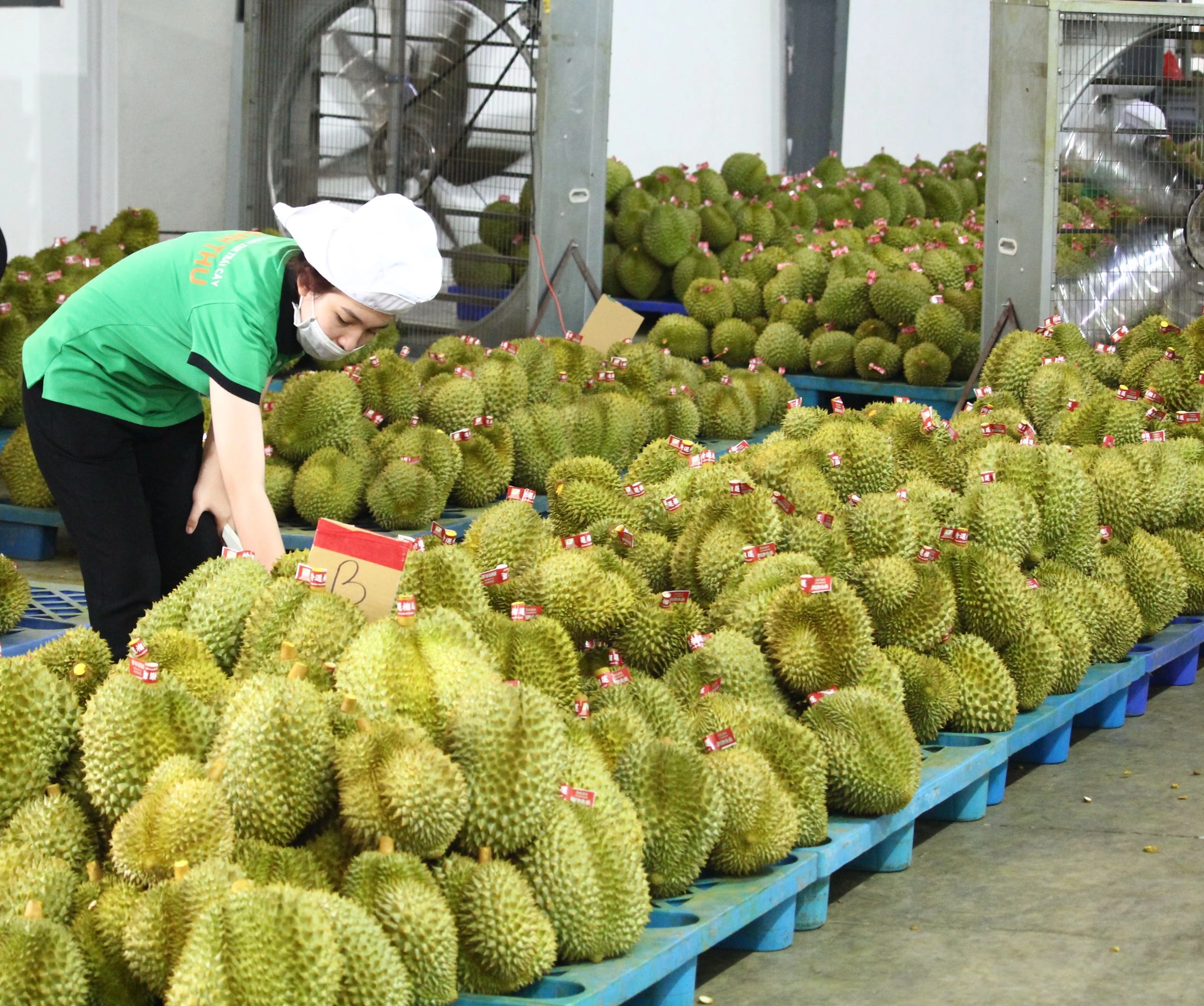



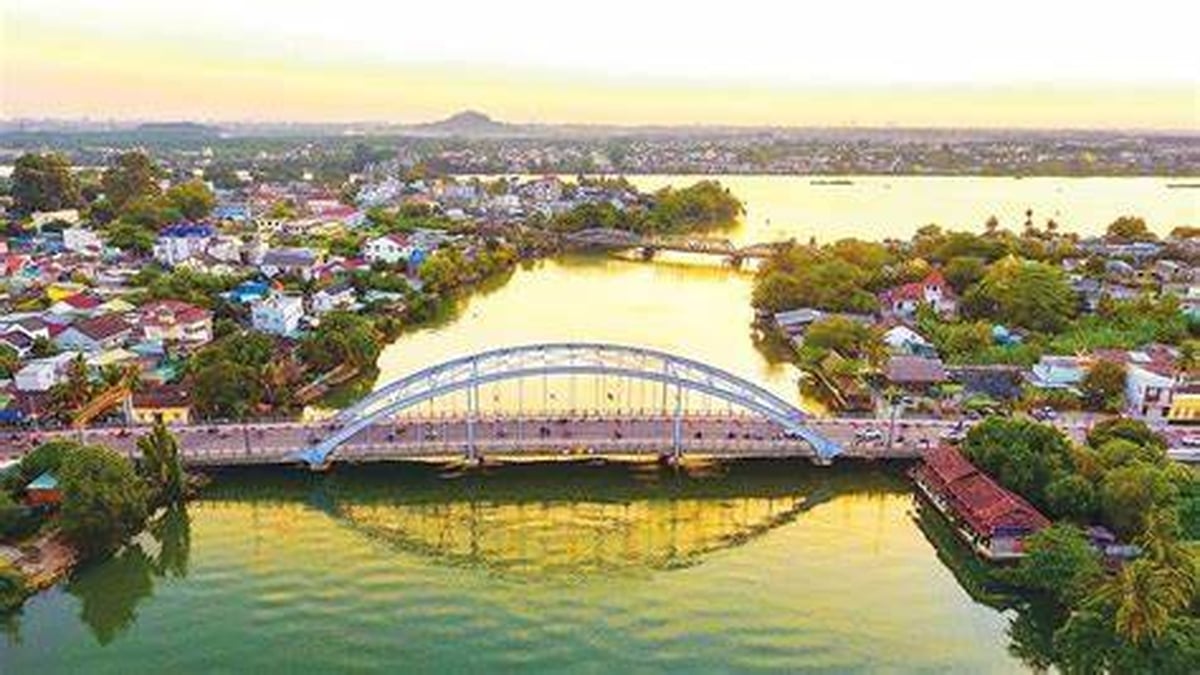





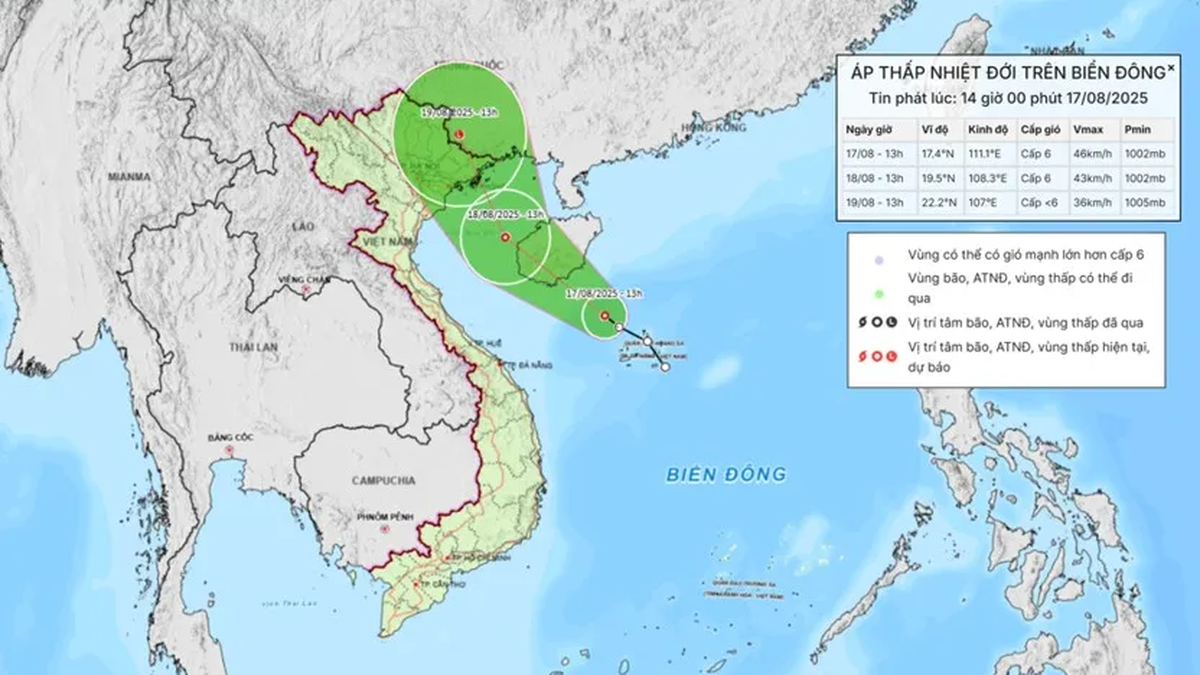
















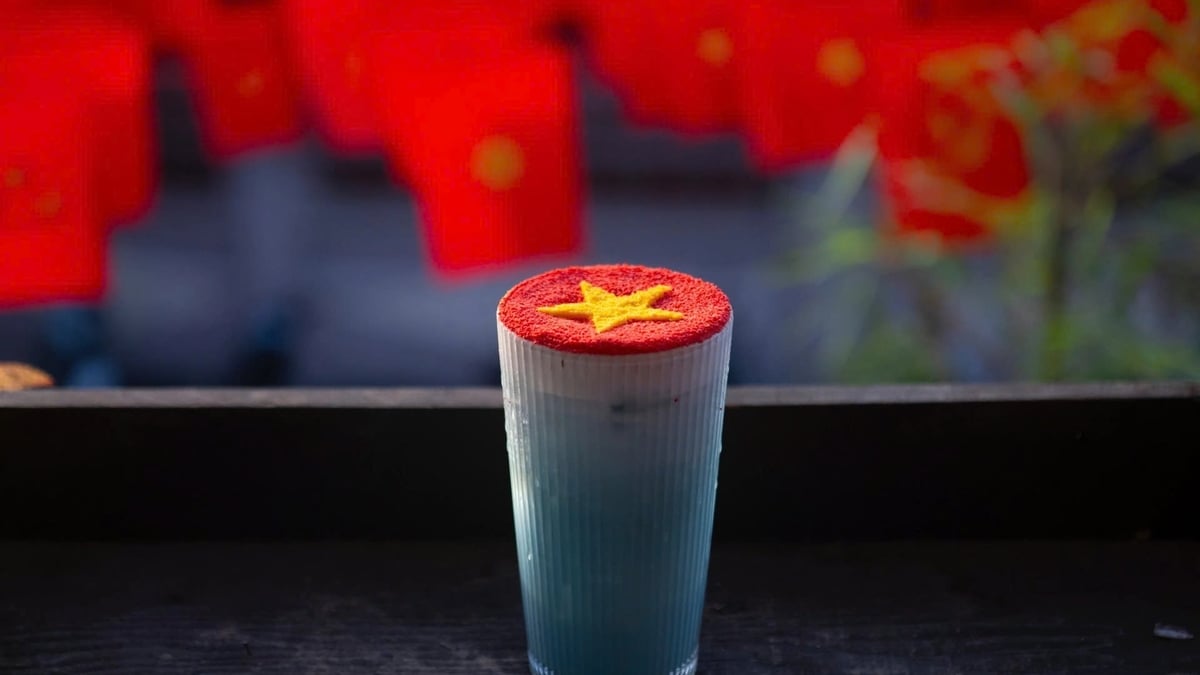


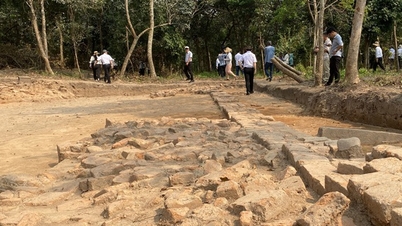












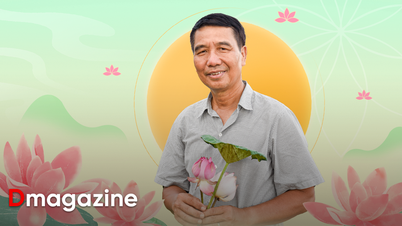




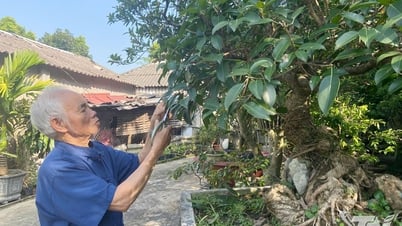





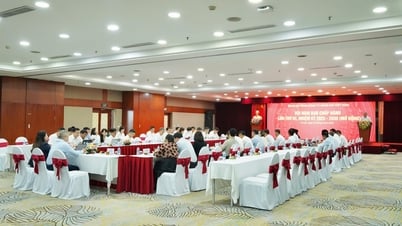


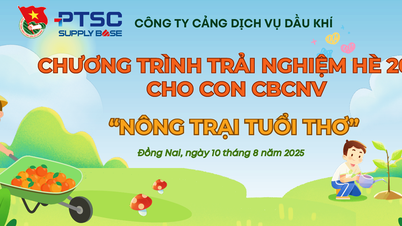




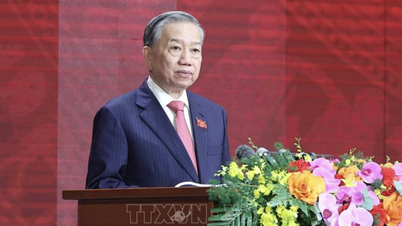



![[Photo] Party and State leaders visit President Ho Chi Minh's Mausoleum and offer incense to commemorate Heroes and Martyrs](https://vphoto.vietnam.vn/thumb/402x226/vietnam/resource/IMAGE/2025/8/17/ca4f4b61522f4945b3715b12ee1ac46c)






























Comment (0)